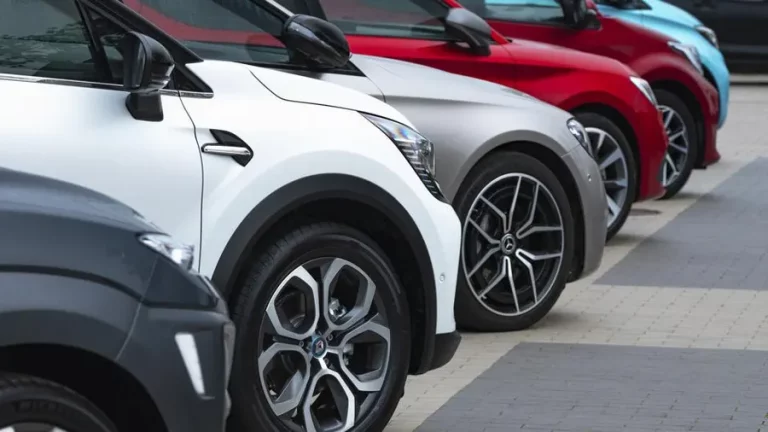What Tire Pressure Is Too Low?
Driving on tires with pressure that’s too low is risky—it can wear them out faster, burn more fuel, and make handling tougher. But how low is too low? Tire pressure that falls below the manufacturer’s recommended level by 5 to 10 psi is often considered too low. Today we will help you understand the importance of keeping your tires properly inflated, spotting when they’re not, and how to fix it to keep your ride smooth and safe.
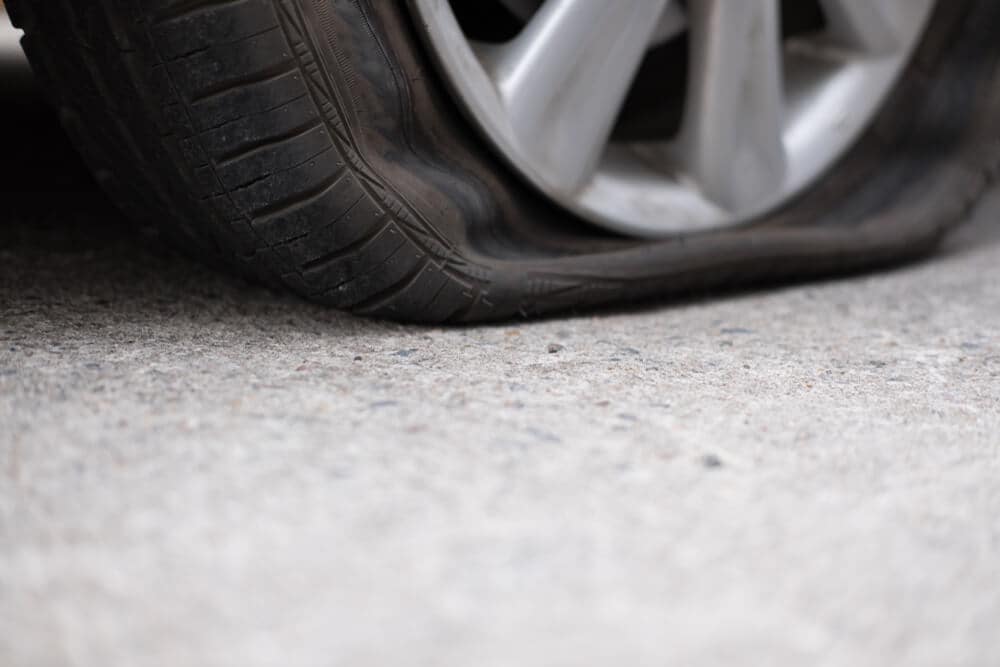
What Tire Pressure Is Too Low?
Tire pressure below the manufacturer’s recommended level is generally considered too low, often posing safety risks and affecting vehicle performance. Typically, if tire pressure falls 5 to 10 pounds per square inch (psi) below the recommended pressure, it’s deemed too low.
Such conditions can lead to increased tire wear, decreased fuel efficiency, and impaired handling. Always refer to your vehicle’s manual for optimal tire pressure and check your tires regularly to ensure they are properly inflated.
Identifying Signs of Low Tire Pressure
One of the first steps in the maintenance regimen for your fleet is recognizing signs of low tire pressure. Keep an alert eye for these symptoms:
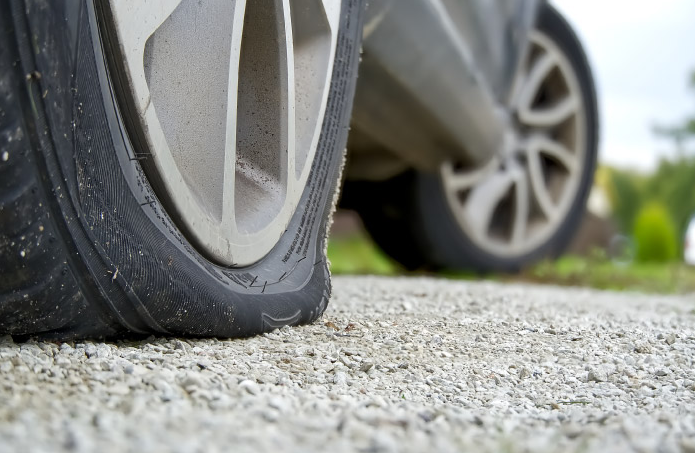
- Decreased Fuel Efficiency: A significant reduction in your vehicle’s miles per gallon can indicate underinflation. As per the National Highway Traffic Safety Administration, underinflated tires cause extra friction and use up more fuel.
- Excessive Tire Wear: Horn in on patches of excessive wear on your tires. Often, underinflation leads to an uneven distribution of the vehicle’s weight, causing patchy wear and tear.
- Unusual Vibration or Thumping: Notice a distinct hum or thump while driving? That’s your vehicle crying out for air. Low-pressure tires struggle to roll smoothly on the road, hence the uncommon noise.
- Vehicle Pulling to One Side: If your vehicle demonstrates a stubborn preference for one direction, it might not be the alignment; you could be dealing with, yet again, low tire pressure.
- Exterior Tire Bulging: Inspect your tires. See a bulge or blister on the tire’s side? It’s a surefire sign of underinflation, and it’s time to fetch that air pump.
Dangers of Low Tire Pressure
Here are the dangers of low tire pressure:
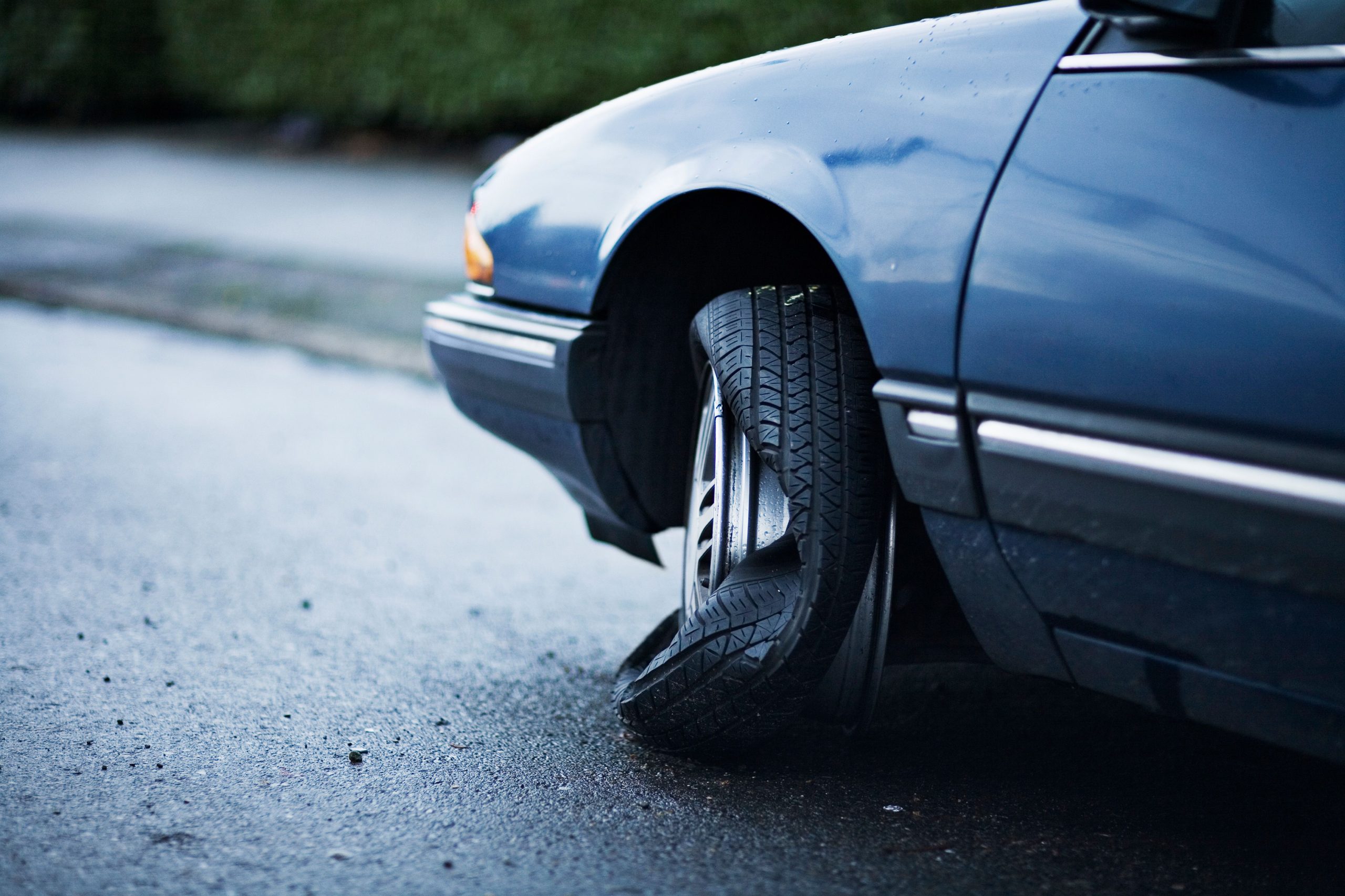
- Safety hazard: Under-inflated tires can lead to blowouts at high speeds, increasing the risk of accidents. This is because low tire pressure causes the tire to flex more than it was designed to, which can generate excessive heat. When this heat builds up, it can cause the tire to weaken and eventually explode.
- Reduced handling: Soft tires can cause poor handling and make it more difficult to control the car, especially when cornering. Low tire pressure can also lead to increased stopping distances.
- Lower fuel efficiency: Flatter tires create more friction with the road, which reduces gas mileage. This is because the engine has to work harder to overcome the increased rolling resistance of the underinflated tires.
- Increased tire wear: Uneven wear and tear can occur on underinflated tires, shortening their lifespan. The sidewalls of an underinflated tire flex more than they should, which can cause them to crack and wear prematurely.
The Impact of Tire Pressure on Gas Mileage
If your tires lose even a bit of pressure, you’ll notice that your car’s fuel efficiency isn’t quite what it used to be. Specifically, a tire pressure loss of just 5 PSI can decrease gas mileage by 2%, according to expert estimates. The reason? Lower tire pressure means more surface area between your tire and the road—it might seem like a small difference, but it creates added rolling resistance. Simply put, the more rolling resistance, the harder your engine works, and the more energy is required to move your vehicle forward.
That’s not all, though. Apart from consuming more energy, underinflated tires experience rapid wear and tear due to an increased load on their outer edges. This usually results in patchy wear, making your tires less efficient and potentially unsafe.
Regular maintenance and monitoring are key, especially in changing weather conditions. As temperatures increase, air inside your tires tends to expand, causing a spike in pressure. Conversely, during colder conditions, air contracts lead to a drop in PSI.
What to Do When Your Tire Pressure Is Low?
If you find yourself with a low tire pressure situation, here’s what you should do:
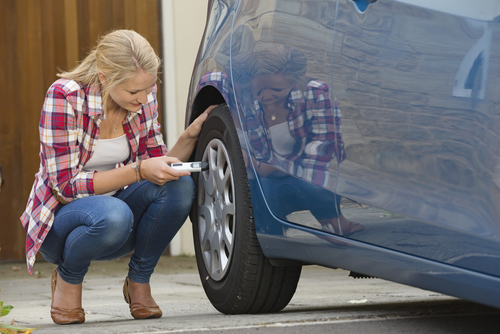
1. Don’t panic. A low tire usually won’t leave you stranded, but it’s important to address it as soon as possible.
2. Locate an air pump or compressor. Most gas stations and auto parts stores have air pumps that you can use for free. If you’re at home, you might have a portable tire inflator you can use.
3. Find the recommended tire pressure. This information is usually printed on a sticker inside the driver’s door jamb or within the owner’s manual. Don’t rely on the pressure rating molded on the tire sidewall, as that indicates the maximum pressure the tire can handle, not the recommended level for your car.
4. Inflate the tire to the recommended pressure. Use a tire pressure gauge (usually available at gas stations or auto parts stores) to monitor the pressure as you inflate. It’s helpful to add air in short bursts and check frequently to avoid overinflation.
5. Don’t forget the spare! While you’re at it, check the pressure of your spare tire and inflate it to the recommended level if necessary. A flat spare tire defeats the purpose of having one.
Frequently Asked Questions
What is the lowest safe tire pressure for driving?
Typically, the lowest safe tire pressure is considered to be around 20 psi. However, this should be strictly reserved for emergencies. Regular driving with a tire pressure of 20 psi or less poses a risk of driving on a flat tire.
Is it all right to drive with a tire pressure of 29 psi?
Most passenger vehicles recommend a tire pressure of 33 to 35 psi. If your tire pressure is 28 psi, it’s slightly low and needs to be inflated back to the appropriate level. Although it’s not alarmingly low, a decrease of three or four pounds below the recommended pressure can lead to handling issues and an increased risk of a blowout.
How critical is low tire pressure?
Low tire pressure can significantly affect your vehicle’s performance and potentially cause tire failure. It can shorten the lifespan of your tires and can even lead to a blowout. Therefore, maintaining an appropriate tire pressure level is essential.

Hi! I’m Larry Gibbs, studying mechanical engineering with a focus on cars. I really love Ferraris and write blog posts about the latest car stuff. When not studying or blogging, I’m usually on a road trip exploring new places. I also enjoy playing football and watching movies. Life’s an adventure, and I’m all about enjoying the ride!


